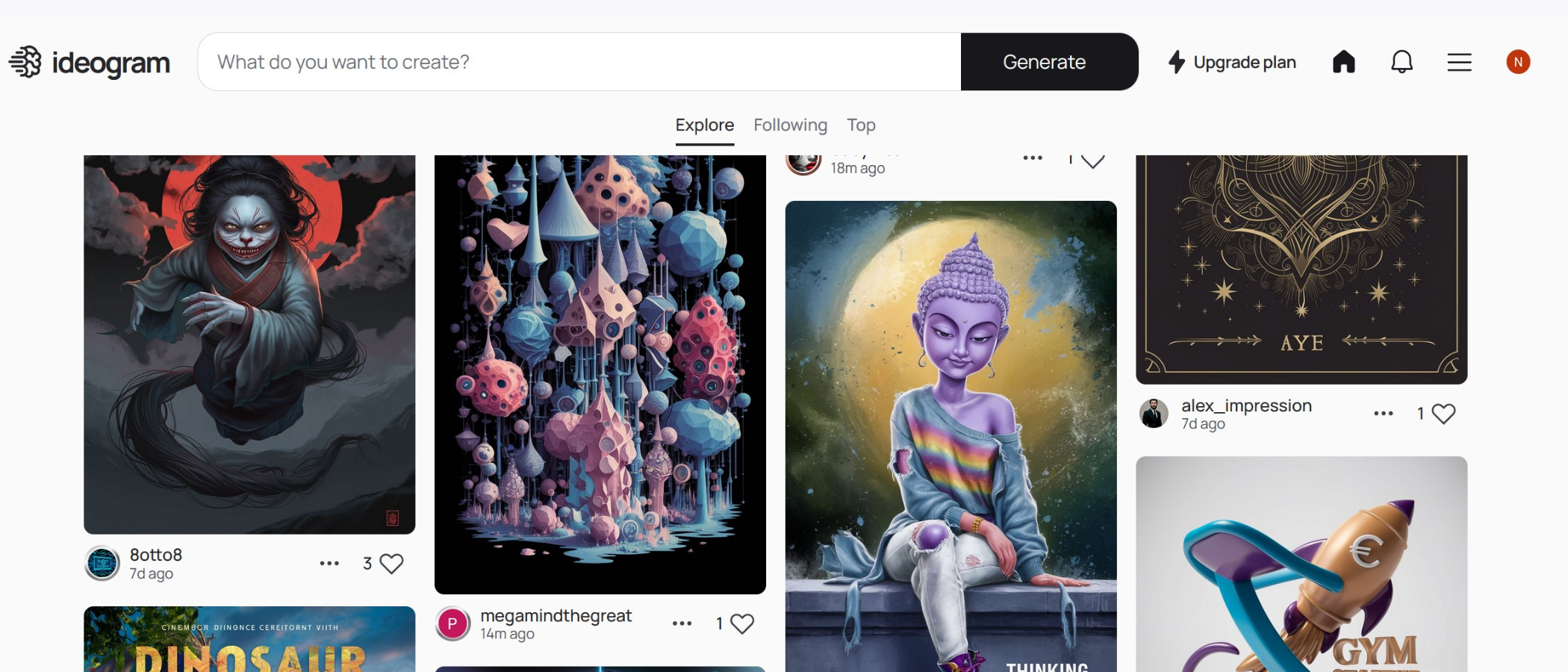TechRadar Verdict
Pros
- +
Great image quality
- +
Excellent text integration
- +
Generous free plan
- +
Designer friendly 2K resolution
Cons
- -
Limited paid plan features
- -
Intermittent image reliability
- -
No free plan editing
Why you can trust TechRadar
Last year, Canadian startup Ideogram launched an AI image generation service - with a twist. The team was determined to include text in the AI image mix, something which every other platform struggles with. What's interesting is how well they've succeeded. For the first time, designers, and those with more of an eye on typography, could use an AI tool to produce something grown up and sophisticated. Text was no longer taboo.
A quick look at the home page spells it out. Where many of the best AI image generators we’ve reviewed offer cutesy anime and fantasy style images in their carousels, Ideogram shows off gorgeous high resolution images with a strong typeset integration. It's a subtle but important distinction, and opens up whole new design areas such as logos, humor or other image uses which have previously been off limits for conventional AI platforms.
Of course the market is changing all the time, and already there are alternatives like Stable Diffusion 3 waiting in the wings, but for now Ideogram still holds the AI text crown. You can check it out by clicking here.
Ideogram: Pricing & plans
The platform offers a free plan which gives 20 slow generated images a day. The speed varies according to the load on the service, but in my testing it was around 30 to 45 seconds or so, which is not too terrible. The free plan also provides access to the community image gallery, the use of the Describe tool and 70% quality JPG image file downloads.
The Paid plans start at $8 a month for the Basic plan which gives 400 prompts a month, a basic image editor, high quality 2K image upscaling and 100% quality image downloads. Plus and Pro plan users can also keep their images private and away from the public gallery, and upload their own images to rework. Paying users also get to create seamless repeating Tile patterns, which is a boon for design work like texture or background creation.
Ideogram: First impressions
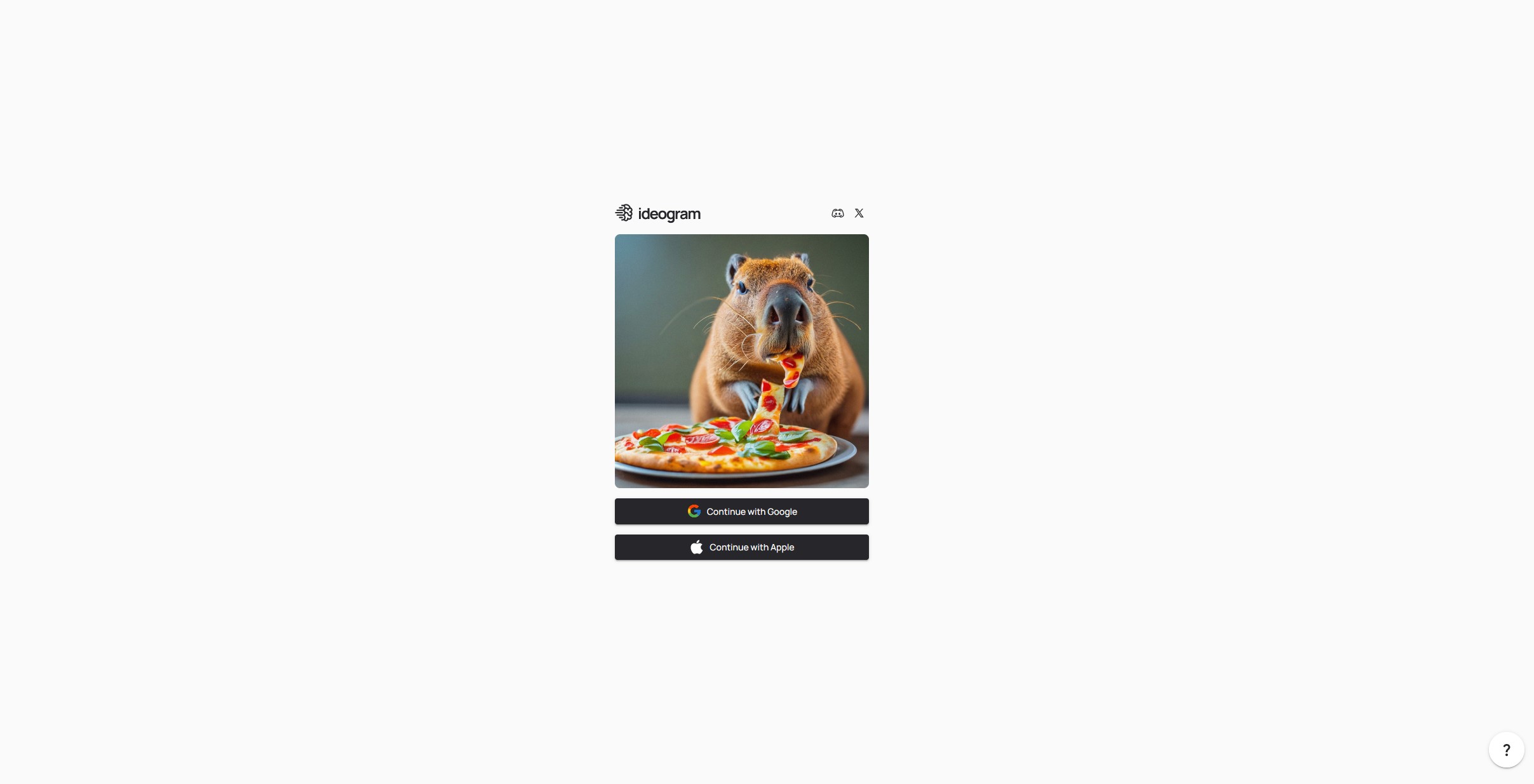
The first surprise when you land on the Ideogram front page, is how bare it is. Unlike other AI image generators, there's no browsing here until you sign up or log in to an account. It's quite disconcerting, and probably deters a fair number of potential users. There are two clicks you can make, either a help ? icon or an Apple or Google account login button. There's not even basic email registration.
Mandating a login restricts access to the user community images which are available on the main page, and there's a simple reason for this gatekeeping. You see there are two very useful tools anyone can use once logged in to get started. The first is to click on the three dot menu under any image to copy and use the prompt which made it.
The second more powerful method is to click the same menu but this time select the Describe option. This gives you a full blown 'magic' prompt created by the service which delivers the ultimate quality image from your basic prompt. For example, I grabbed a prompt which read:
"a dog's head in profile with a double exposure of a forest and Dalmatians playing in the background."
The 'magic' feature upgraded that basic copied prompt to:
"a close-up of a dog's face, predominantly in shades of brown and white. The background is a blend of a dense forest and a clearing where two Dalmatians are seen playing in the grass. The juxtaposition of the dog's head with the forest and Dalmatians creates a surreal effect, as if the dog is emerging from the woods or merging with them."
Result: a vastly improved image result, which uses the power of the crowd along with some AI smarts to produce a nice looking image. It's not perfect, but it's a great start to iterate on.
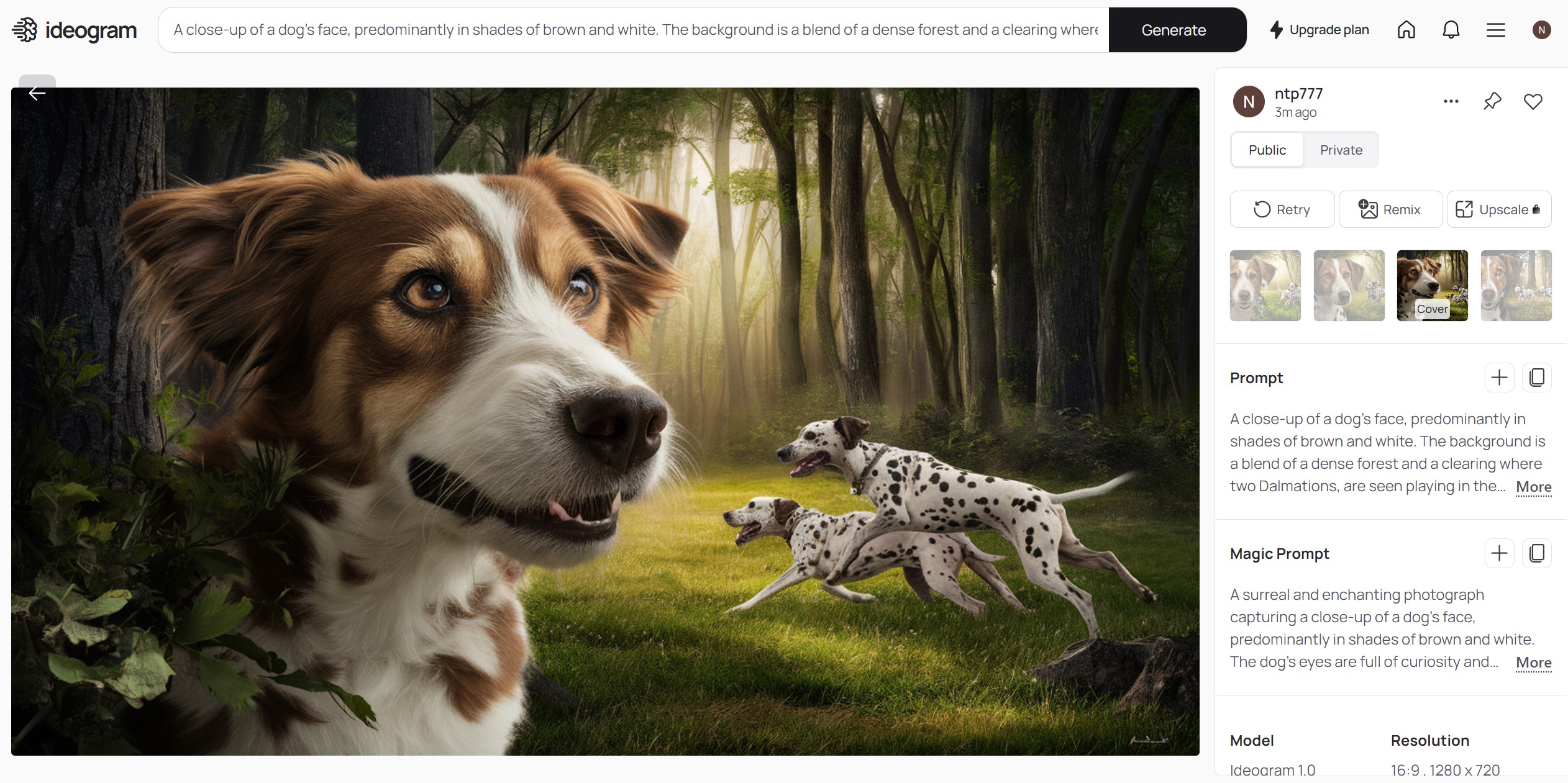
Ideogram: In Use
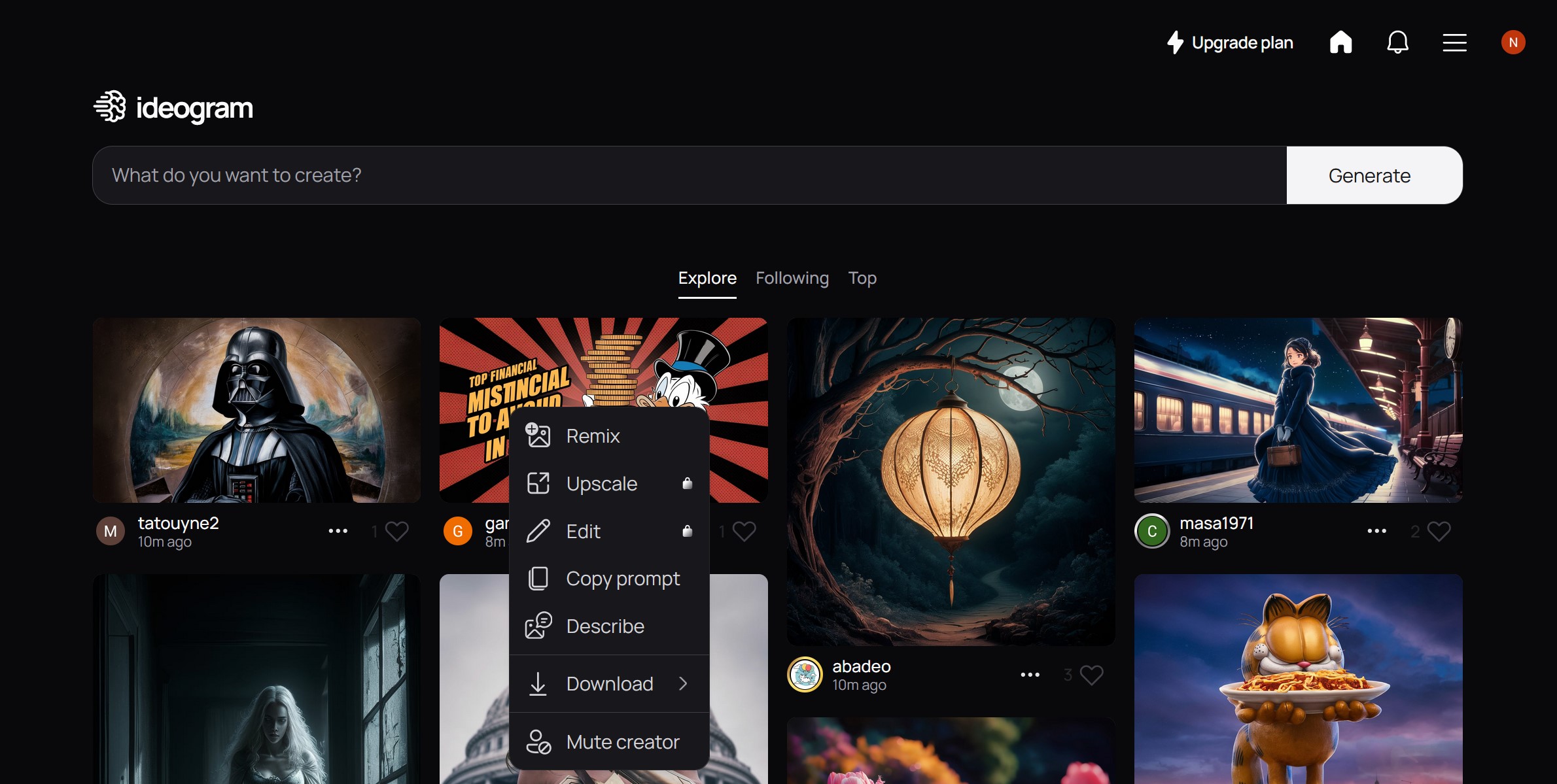
The above example points to one of the key benefits of using Ideogram over some of the best AI art generators and image generators that have sprung up over the last couple of years. The platform really wants to help users get the best out of their image generation credits. Even those on the free plan can benefit from these features, although you'll have to upgrade to a paid plan to edit, upscale or download 100% quality images when you're done.
Proper prompting can be extremely tricky for non-experts, so being able to use the front page community images as a start point is very powerful. Creating a Remix of a sample image is also a great way to produce something quickly and easily, based on an existing user image. It sounds like cheating, but paid plan users have the power to keep their images private, so there is a choice of access.
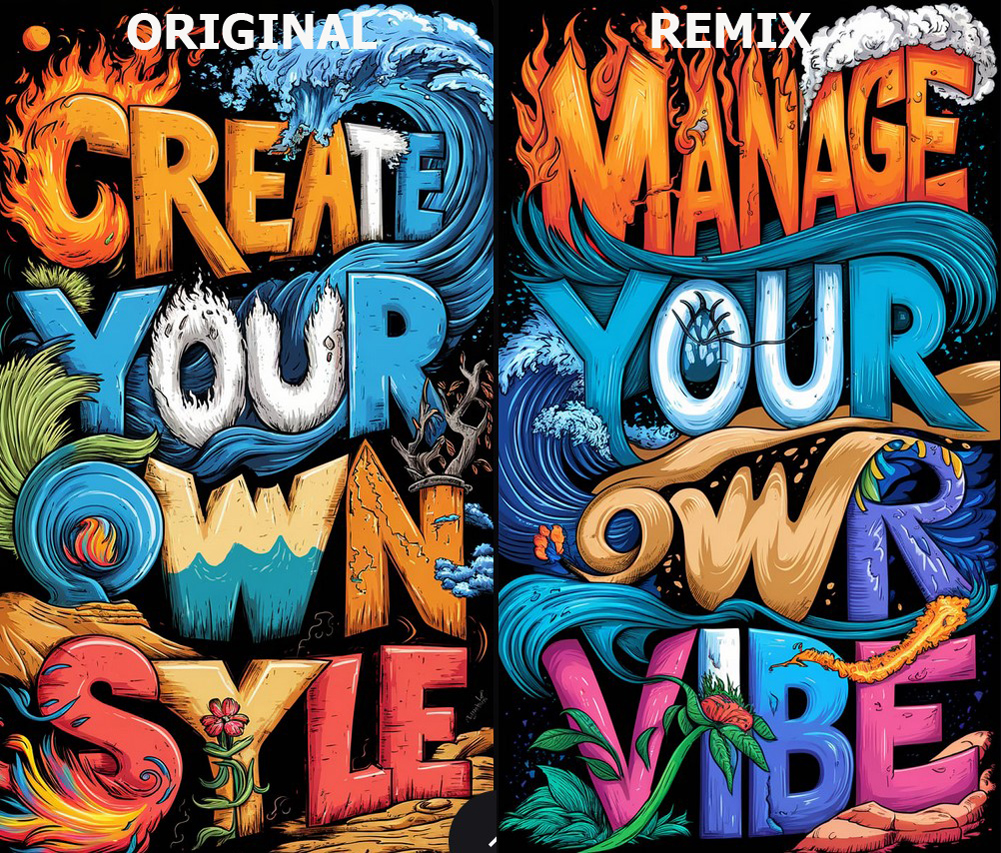
In general, creating lush, beautiful images with Ideogram is fast and painless. The addition of the 'Magic' prompt function, although it's not unique to Ideogram, is an excellent way to minimize user disappointment through bad prompting. The new upscaling function is also a powerful method of delivering professional quality images which can be used in commercial settings such as advertising and marketing. The image results may not match the consistent and coherent quality of Midjourney, but it's not far off.
Where the platform falls a little short is in the editing area. There's no outpainting or inpainting functions, so the editing is limited to crop, zoom, color selection and changing aspect ratio. The most valuable editing function is to draw text positions on a generated image and use an updated prompt and Remix to add the actual text to the result.
This is extremely useful for adding or adjusting precise text, as you might need when designing a logo or other brand element. It's just a shame that there's not a larger selection of image editing tools on the platform, as there is with other services.
Ideogram: Final verdict
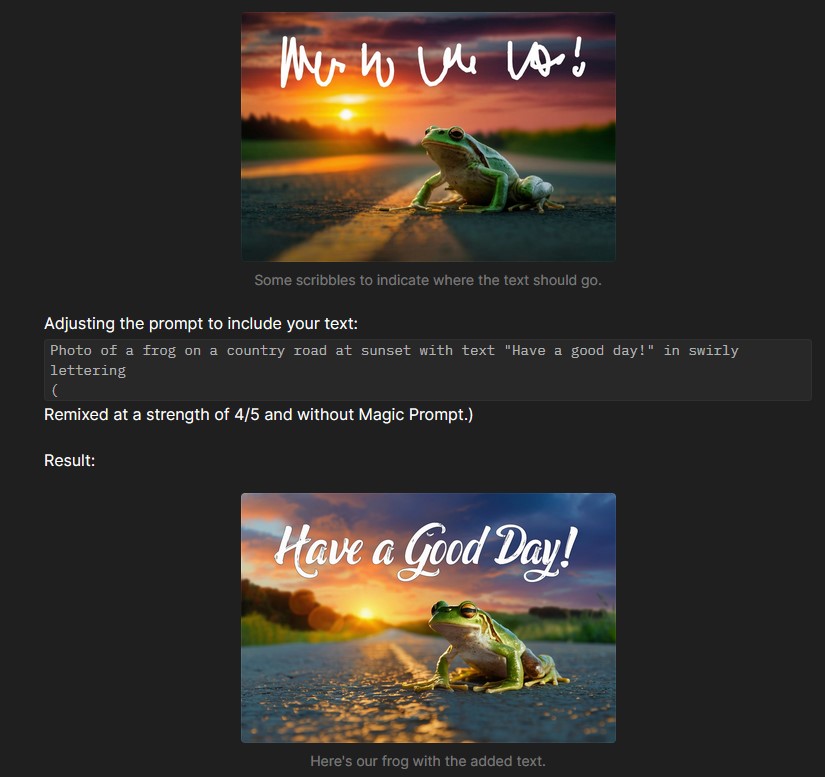
When it comes to the best AI tools, Ideogram combines top quality AI image generation with superb typographic control. In that regard it is unique among its peers. The image quality at its best matches anything on the market, even if the editing features are a little weak in places.
Creating art by hand? We reviewed the best graphic design software.

Nigel Powell is an author, columnist, and consultant with over 30 years of experience in the tech industry. He produced the weekly Don't Panic technology column in the Sunday Times newspaper for 16 years and is the author of the Sunday Times book of Computer Answers, published by Harper Collins. He has been a technology pundit on Sky Television's Global Village program and a regular contributor to BBC Radio Five's Men's Hour. He's an expert in all things software, security, privacy, mobile, AI, and tech innovation.
